 Agricen's Scott Lay spoke with Dennis Michelsen of WITY Radio about using Titan XC on fall-applied dry fertilizer blends.
Agricen's Scott Lay spoke with Dennis Michelsen of WITY Radio about using Titan XC on fall-applied dry fertilizer blends.
Dennis - WITY Radio: In the fall season, we always talk about Titan XC. Talk a little bit about how it helps growers get the most out of fall fertilizer applications.
Scott - Agricen: Titan XC is applied on dry phosphorus and potash to help mineralize and break down those fertilizer prills, making them more available for next year's crop.
Dennis - WITY Radio: Ag producers don't want to have an extra trip across that field because that's money that they're spending. Titan XC does not require an extra pass.
Scott - Agricen: Titan XC is applied on the dry fertilizer. So whether the local Nutrien retail facility is applying the dry fertilizer or the farmer himself is applying it, putting on the Titan XC doesn't make that job any more difficult, and it also provides a benefit. In terms of a yield impact, we're looking at about an +11-bushel average yield response in corn and about a +4.2-bushel average response in soybeans. So the economics stack up very favorably.
Dennis - WITY Radio: We're talking more than a 7 to 1 ROI when you add the cost of the product.
Scott - Agricen: That's correct. Farmers are obviously interested in the potential for yield response. But they also ask, "How many additional bushels do I need to produce to pay for that additional input?” In soybeans, a farmer would only need 0.6 additional bushels to pay for Titan XC. In corn, it’s a bushel and a half. Farmers are all riverboat gamblers at heart, and they put their chips behind reasonable propositions. With a high probability of payback, Titan XC is one of them.
Dennis - WITY Radio: Lab tests have shown a 22% increase for the first year use as far as available nutrients in those soils. That's a huge advantage.
Scott - Agricen: It is. If we think about a dry fertilizer prill, we're applying rocks to the surface of the ground, albeit small rocks. So the objective is to mineralize those fertilizer prills into a plant-usable form. If we can increase that rate of mineralization by 22%, that translates to a benefit in next year's crop, and that translates to yield.
Titan XC is available from Nutrien Ag Solutions.
This interview was edited for length and clarity. You can listen to the interview below or on Agricen's YouTube channel.





![[Interview] Put Your Chips on Titan XC This Fall](https://blog.agricen.com/hubfs/Interview-TitanXC.jpg)
![[Watch] Enhance Dry Fertilizer Efficiency to Maximize Yield & ROI](https://blog.agricen.com/hubfs/09-23-Webinar-Dry-Fertilizer-1200px-Watch-Now.jpg)
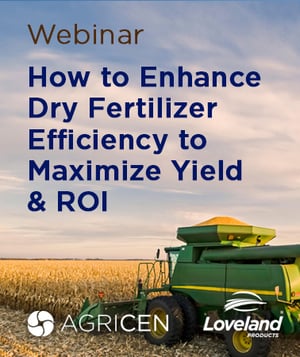

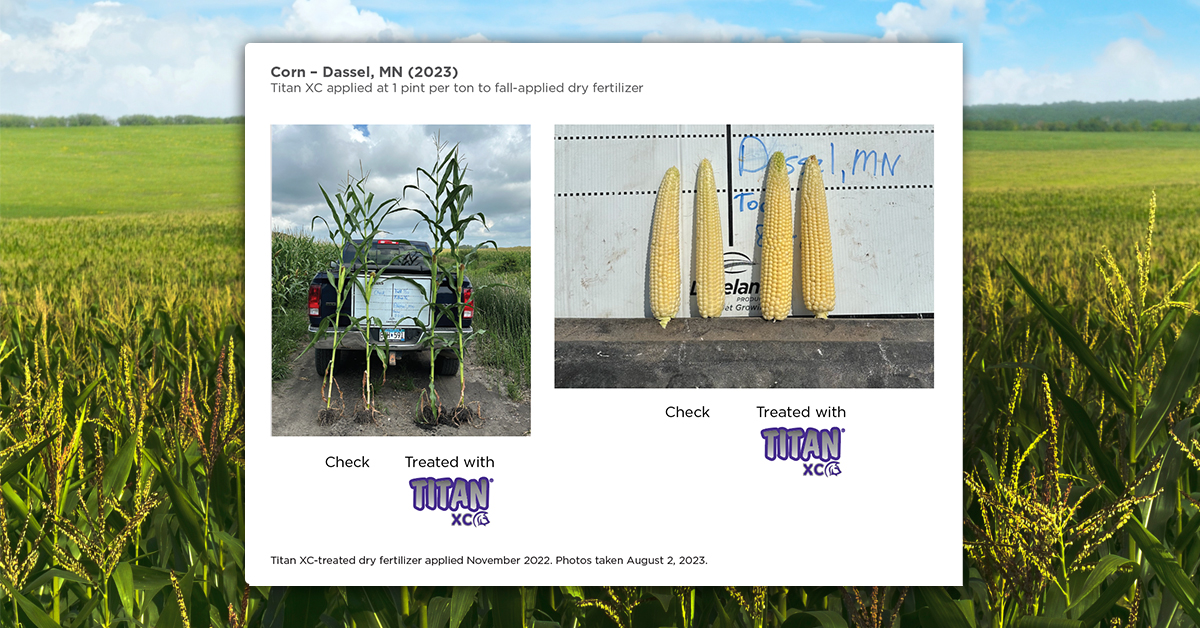
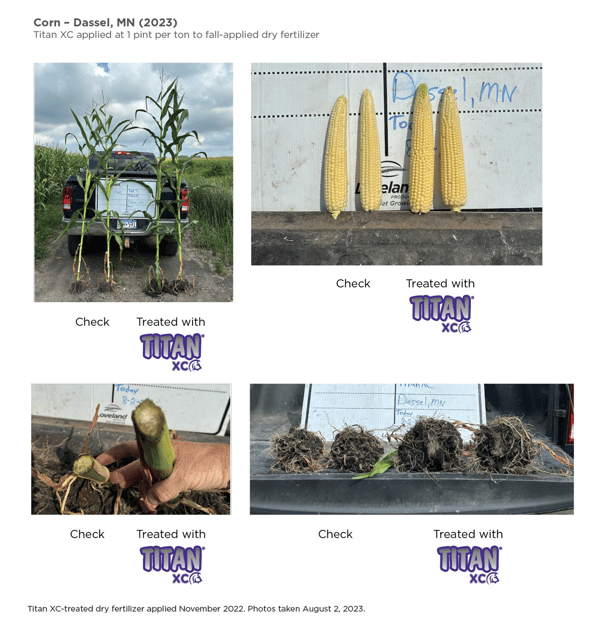
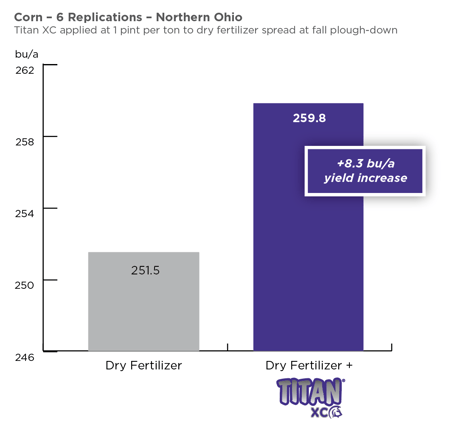
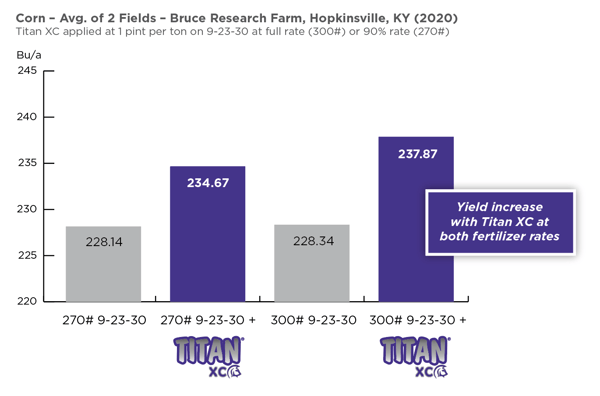

![[Interview] Taking a Bite Out of Drought & Heat Stress in Agriculture](https://blog.agricen.com/hubfs/Interview-drought-heat-stress.jpg)
 With dry, hot weather having impacted many areas of the country, Agricen's Scott Lay spoke with Dennis Michelsen of WITY Radio to discuss how
With dry, hot weather having impacted many areas of the country, Agricen's Scott Lay spoke with Dennis Michelsen of WITY Radio to discuss how 

 Lee Lubbers, an
Lee Lubbers, an 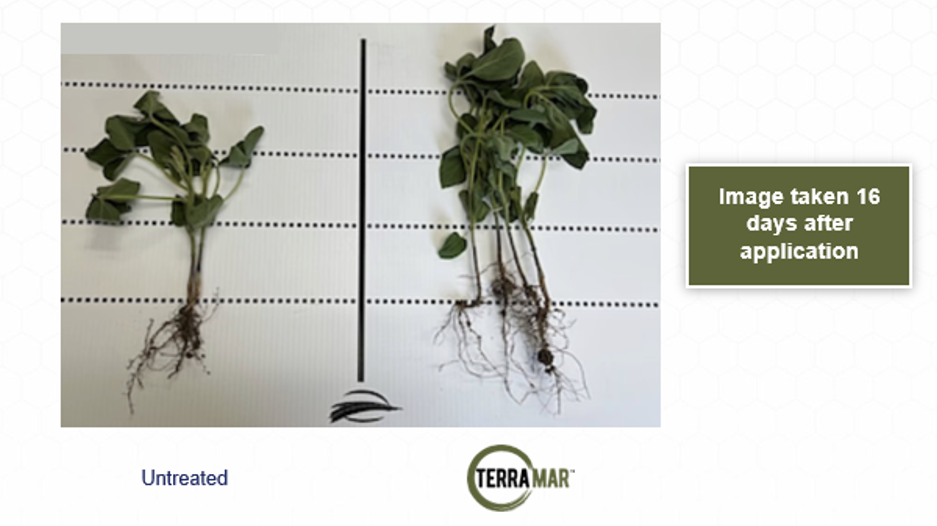
 Many agricultural areas across the United States are facing weather-related challenges, but there are still opportunities to make the most
Many agricultural areas across the United States are facing weather-related challenges, but there are still opportunities to make the most 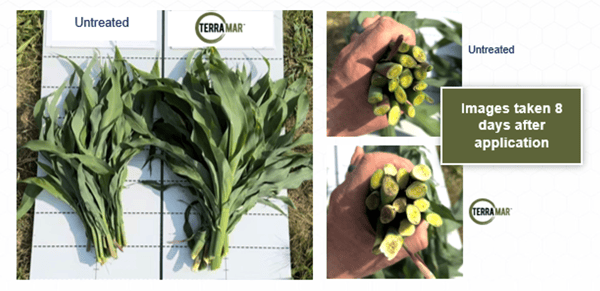
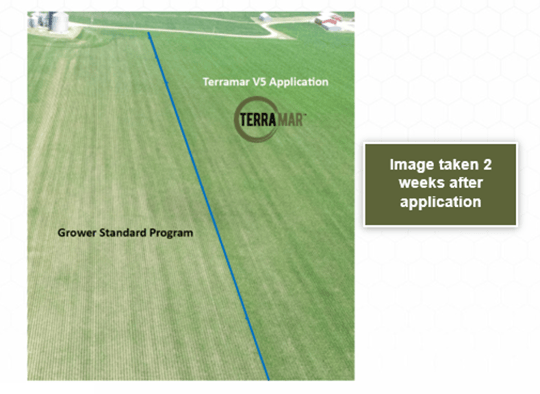
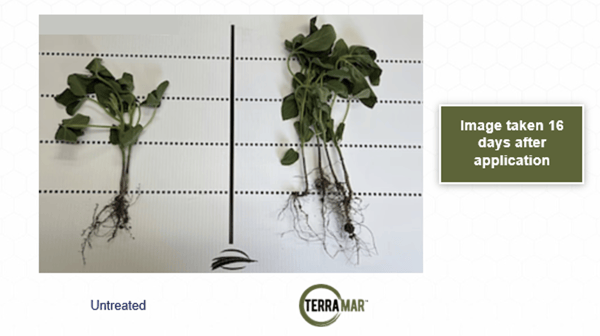
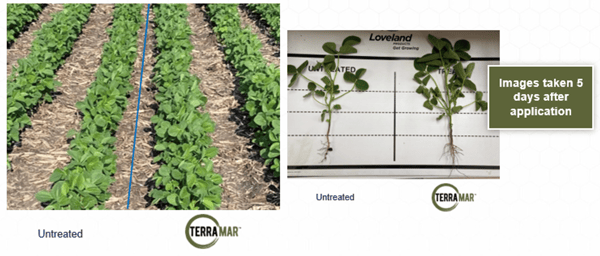
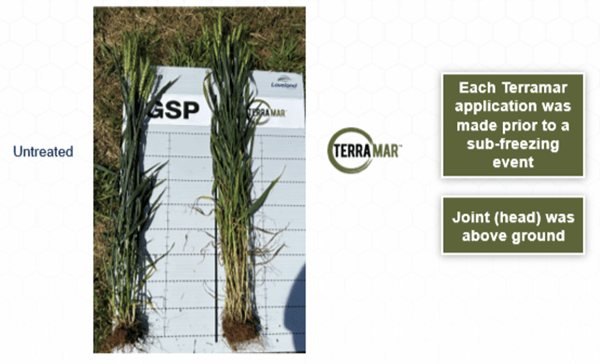
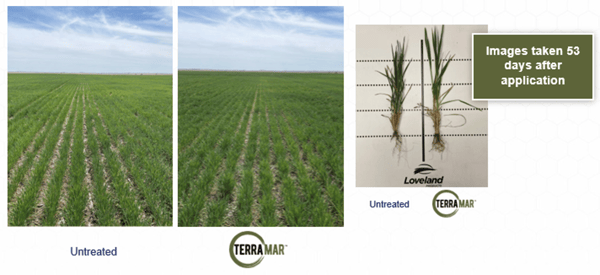
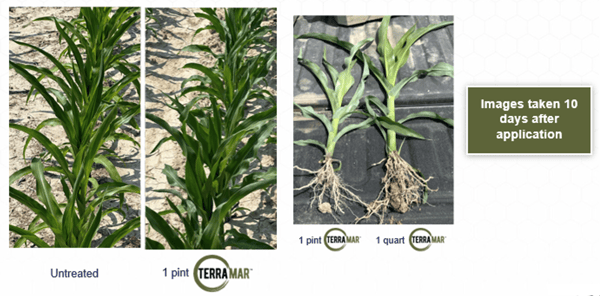
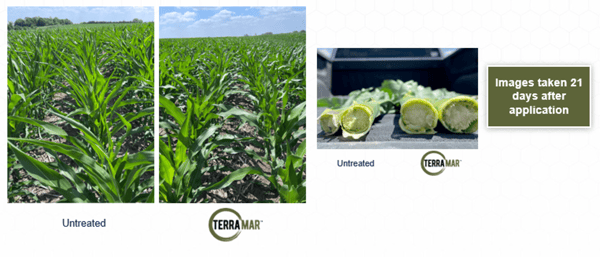
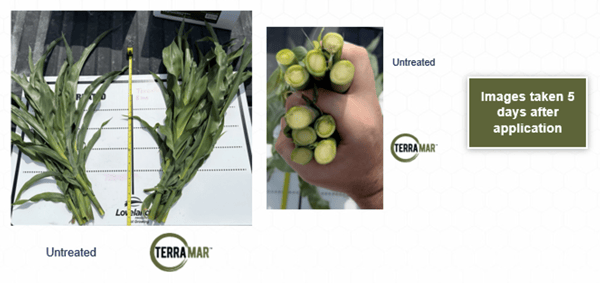
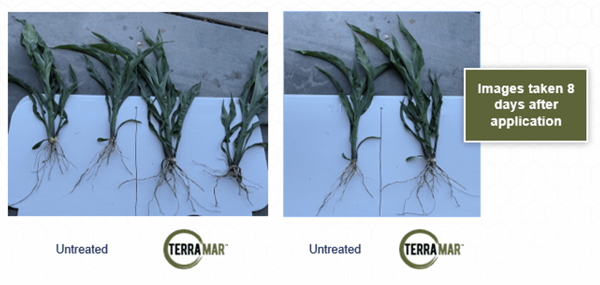
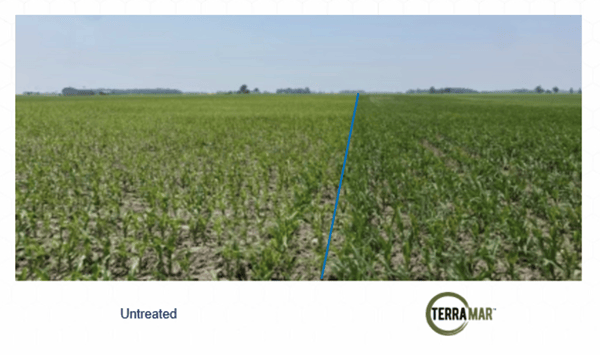
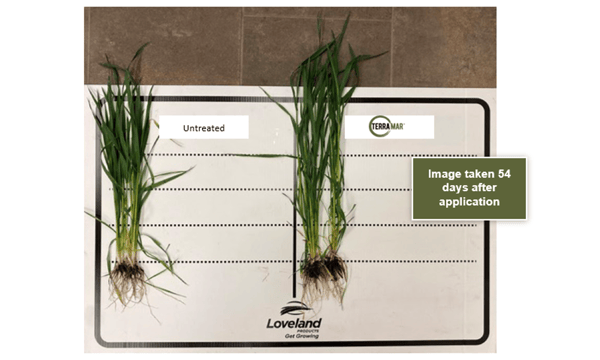

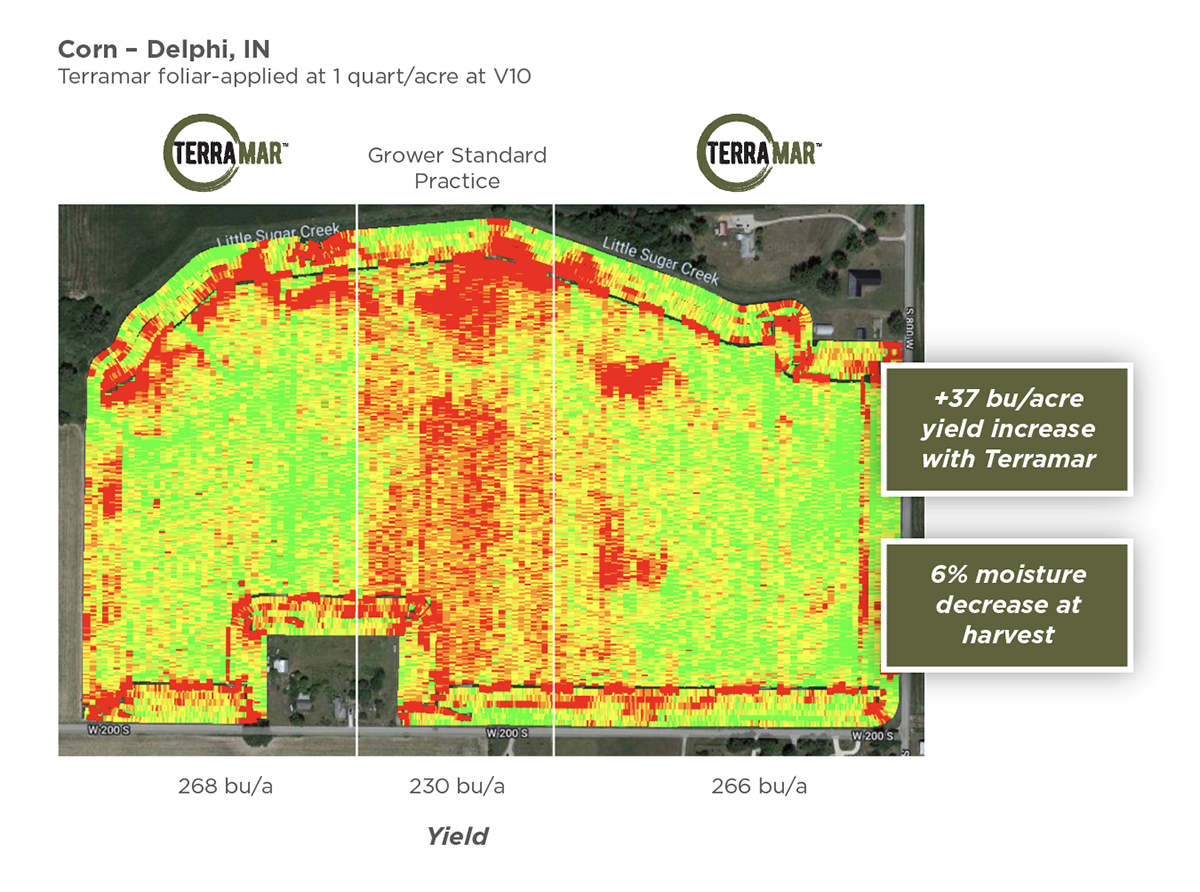
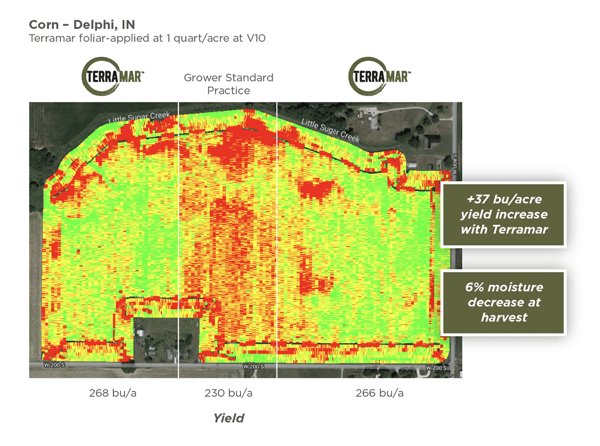
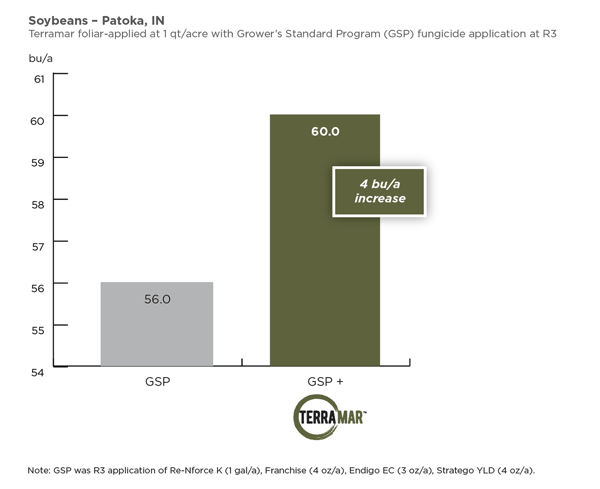
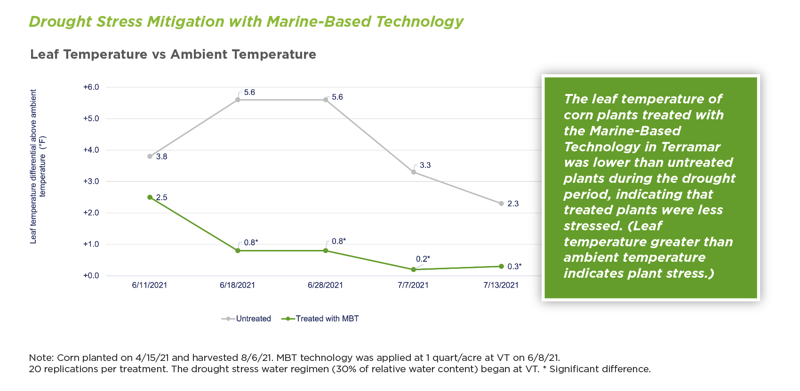
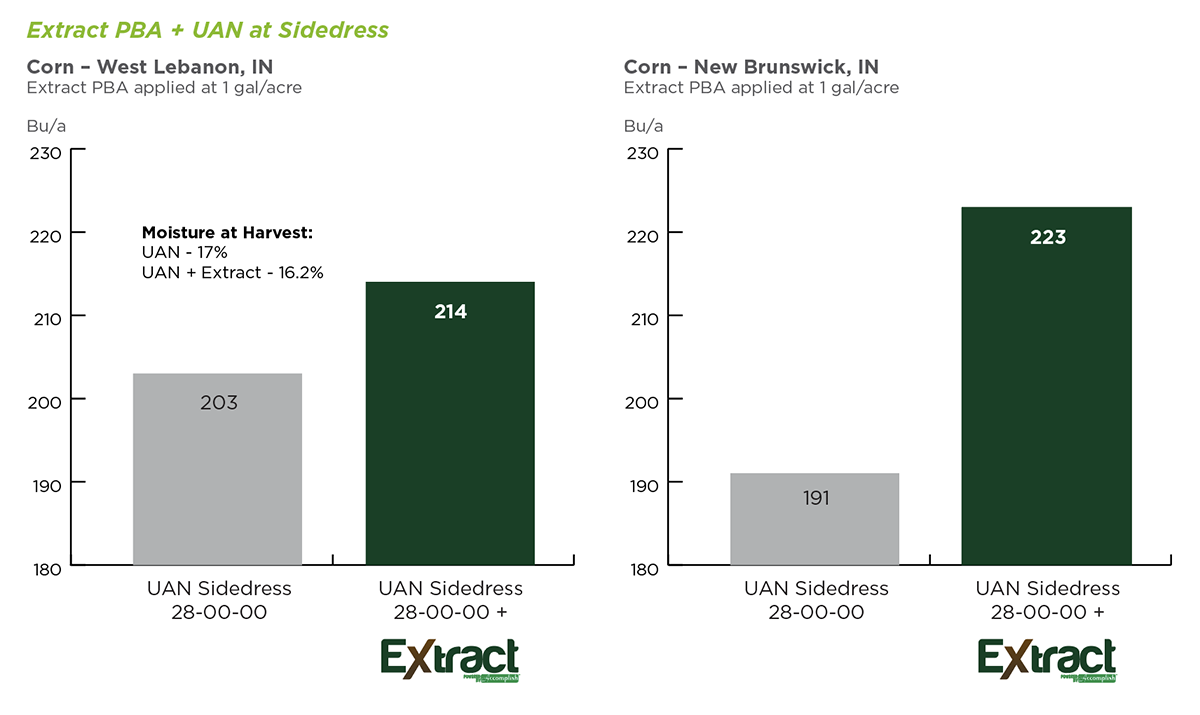
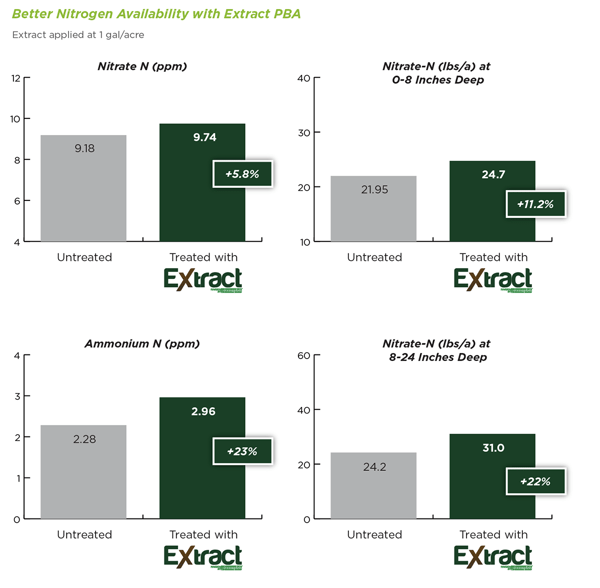
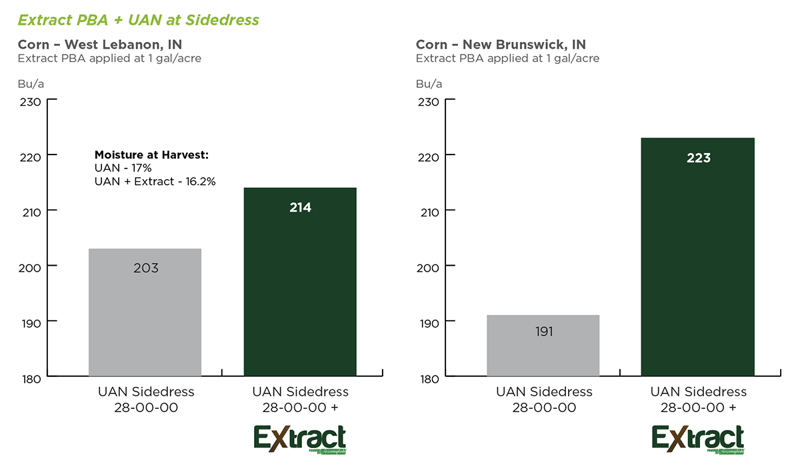


![[On-Demand] Terramar: A New Way to Help Row Crops Stand Up to Stress](https://blog.agricen.com/hubfs/Terramar-watch-now-1200px-1.jpg)


